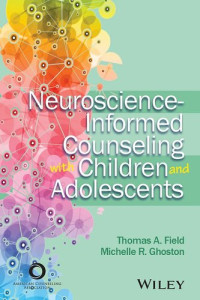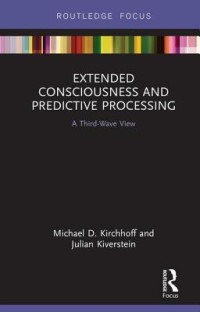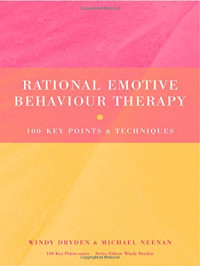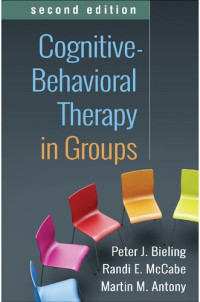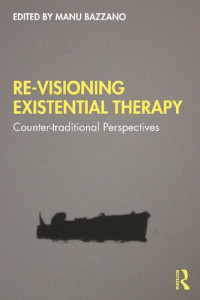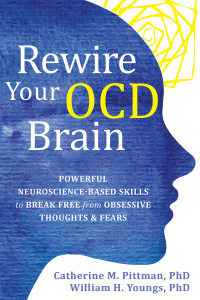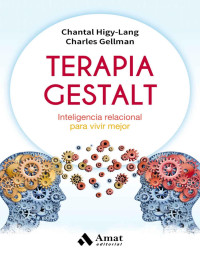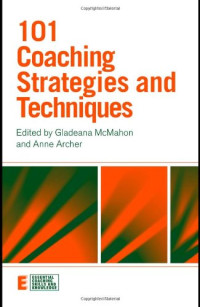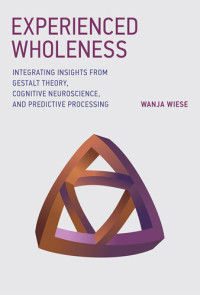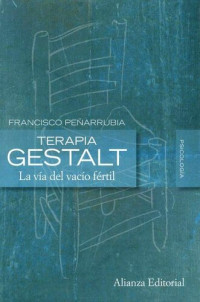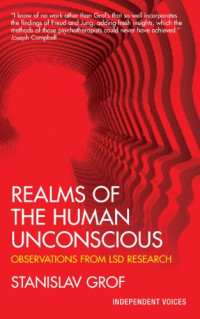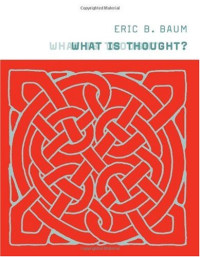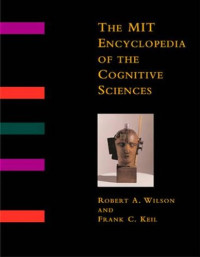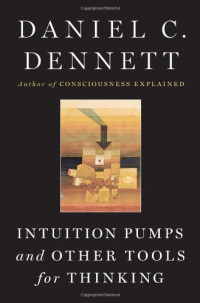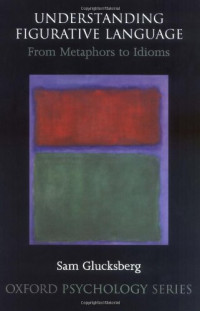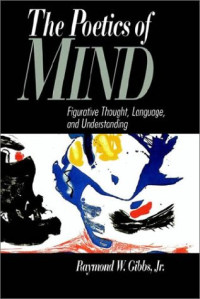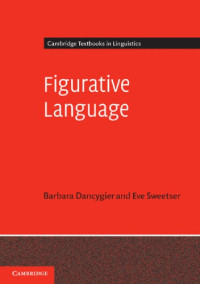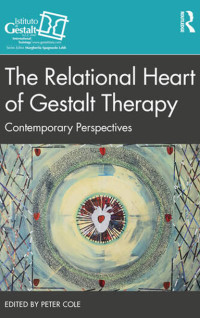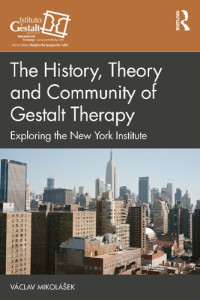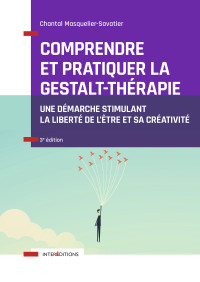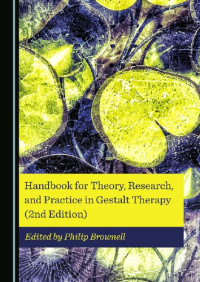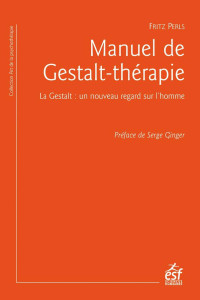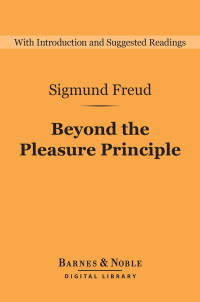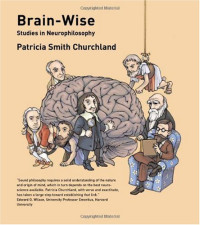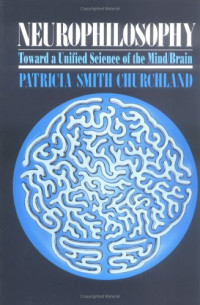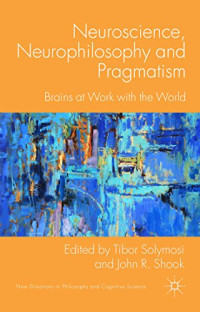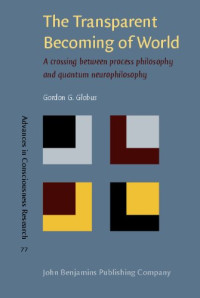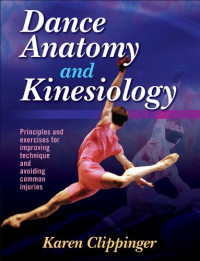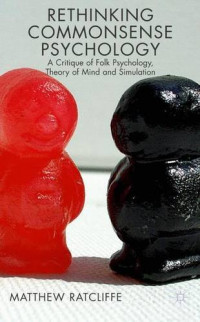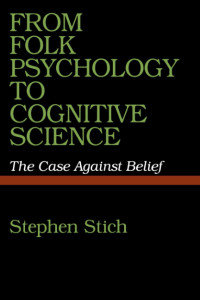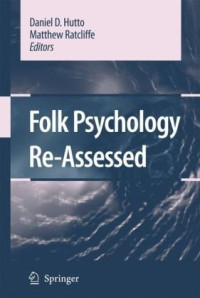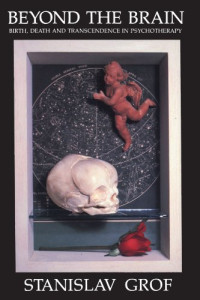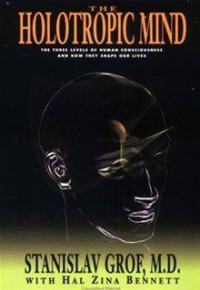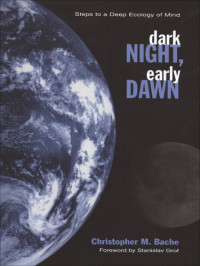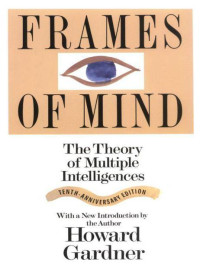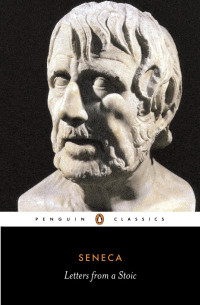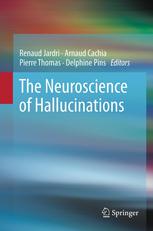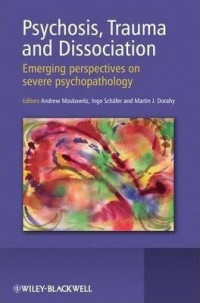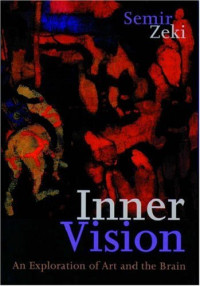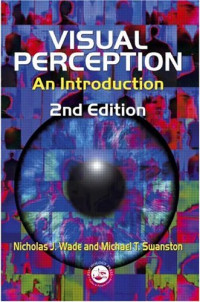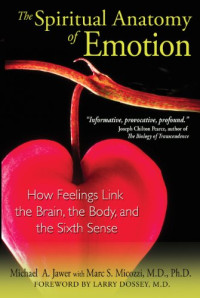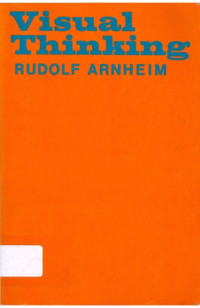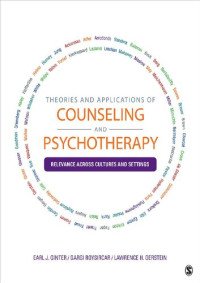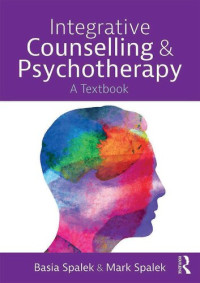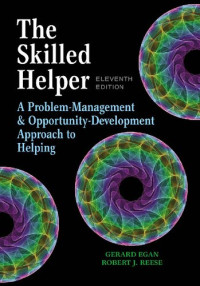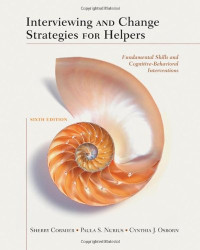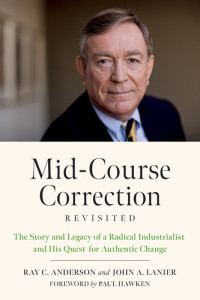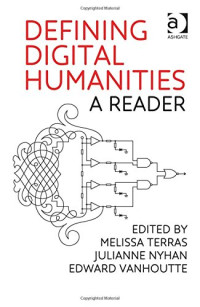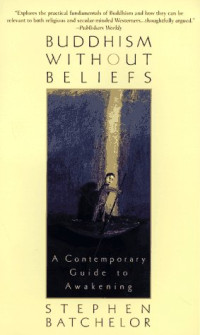
Experienced Wholeness: Integrating Insights from Gestalt Theory, Cognitive Neuroscience, and Predictive Processing
Wanja Wiese
An interdisciplinary account of phenomenal unity, investigating how experiential wholes can be characterized and how such characterizations can be analyzed computationally.
How can we account for phenomenal unity? That is, how can we characterize and explain our experience of objects and groups of objects, bodily experiences, successions of events, and the attentional structure of consciousness as wholes? In this book, Wanja Wiese develops an interdisciplinary account of phenomenal unity, investigating how experiential wholes can be characterized and how such characterization can be analyzed conceptually as well as computationally.
Wiese first addresses how the unity of consciousness can be characterized phenomenologically, discussing what it is like to experience wholes and what is the experiential contribution of phenomenal unity. Considering the associated conceptual and empirical issues, he draws connections to phenomenological accounts and research on Gestalt theory. The results show how the attentional structure of experience, the experience of temporal flow, and different types of experiential wholes contribute to our sense of phenomenal unity. Moreover, characterizing phenomenal unity in terms of the existence of a single global phenomenal state is neither necessary nor sufficient to adequately address the problem of phenomenal unity. Wiese then suggests that the concepts and ideas of predictive processing can be used to analyze phenomenal unity computationally. The result is both a conceptual framework and an interdisciplinary account: the regularity account of phenomenal unity. According to this account, experienced wholes correspond to a hierarchy of connecting regularities. The brain tracks these regularities by hierarchical prediction error minimization, which approximates hierarchical Bayesian inference.
How can we account for phenomenal unity? That is, how can we characterize and explain our experience of objects and groups of objects, bodily experiences, successions of events, and the attentional structure of consciousness as wholes? In this book, Wanja Wiese develops an interdisciplinary account of phenomenal unity, investigating how experiential wholes can be characterized and how such characterization can be analyzed conceptually as well as computationally.
Wiese first addresses how the unity of consciousness can be characterized phenomenologically, discussing what it is like to experience wholes and what is the experiential contribution of phenomenal unity. Considering the associated conceptual and empirical issues, he draws connections to phenomenological accounts and research on Gestalt theory. The results show how the attentional structure of experience, the experience of temporal flow, and different types of experiential wholes contribute to our sense of phenomenal unity. Moreover, characterizing phenomenal unity in terms of the existence of a single global phenomenal state is neither necessary nor sufficient to adequately address the problem of phenomenal unity. Wiese then suggests that the concepts and ideas of predictive processing can be used to analyze phenomenal unity computationally. The result is both a conceptual framework and an interdisciplinary account: the regularity account of phenomenal unity. According to this account, experienced wholes correspond to a hierarchy of connecting regularities. The brain tracks these regularities by hierarchical prediction error minimization, which approximates hierarchical Bayesian inference.
Categorías:
Año:
2018
Editorial:
MIT Press
Idioma:
english
Páginas:
368
ISBN 10:
0262036991
ISBN 13:
9780262036993
ISBN:
2017015380
Archivo:
EPUB, 5.13 MB
IPFS:
,
english, 2018
 Amazon
Amazon  Barnes & Noble
Barnes & Noble  Bookshop.org
Bookshop.org  Convierte archivos
Convierte archivos Más resultados de búsqueda
Más resultados de búsqueda Otros beneficios
Otros beneficios 
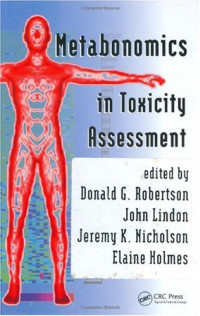



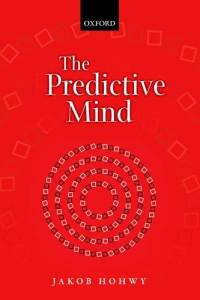


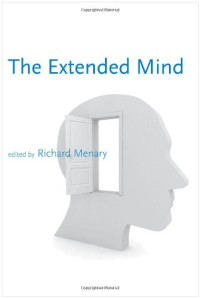
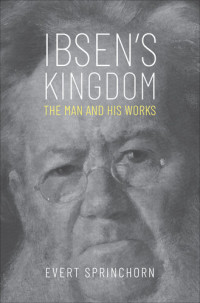
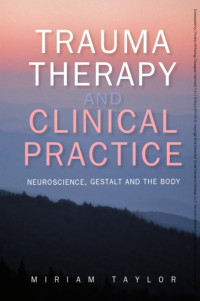

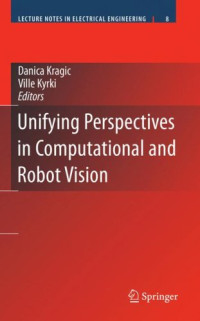
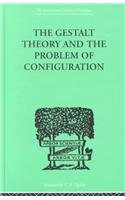
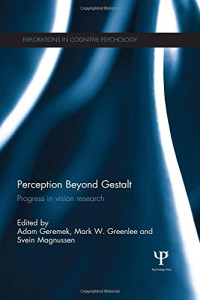

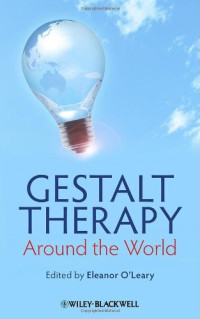
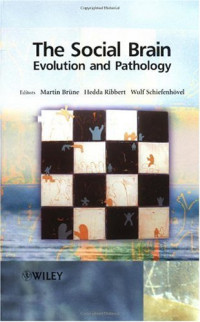
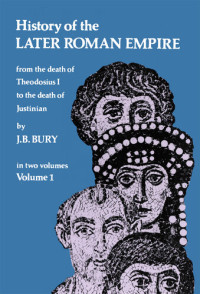

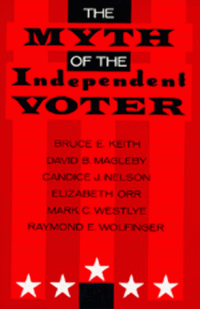



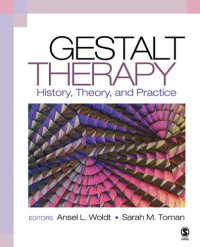
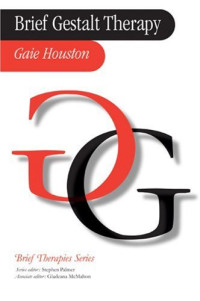
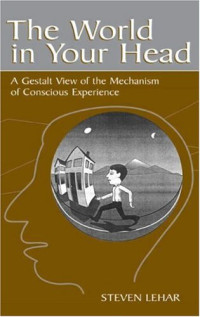
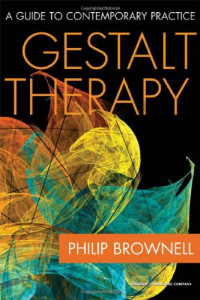

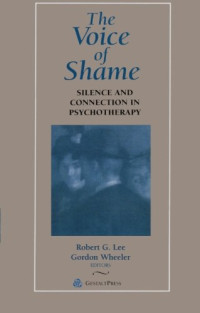
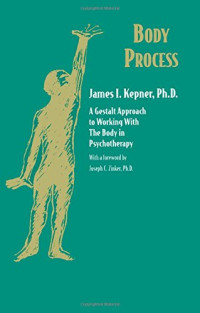

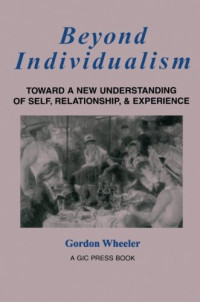
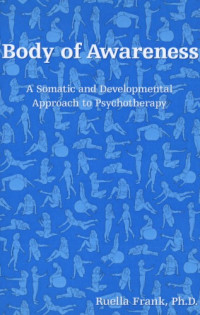

![Frederick S. Perls [Perls, Fritz S.] — Gestalt Therapy Verbatim](https://s3proxy.cdn-zlib.se/covers200/collections/userbooks/607542494580b057a603da2b2d1ed2d8b126cd3be0d465d34df0c060d57add78.jpg)
![Perls, Frederick S. & Hefferline, Ralph & Goodman, Paul [Perls, Frederick S.] — Gestalt Therapy: Excitement and Growth in the Human Personality](https://s3proxy.cdn-zlib.se/covers200/collections/genesis/487125019d9842641ccdda56c4a83fb8e49b9848fcd97e1041e965ba2703918e.jpg)
![Jaci Burton & Jessica Clare & Erin McCarthy & Carly Phillips [Burton, Jaci & Clare, Jessica & McCarthy, Erin & Phillips, Carly] — Hot Summer Nights](https://s3proxy.cdn-zlib.se/covers200/collections/userbooks/2eda1c17764cd2a322fd83087634b149c8d2e08bed3e0d632499b0e10532dbfb.jpg)

